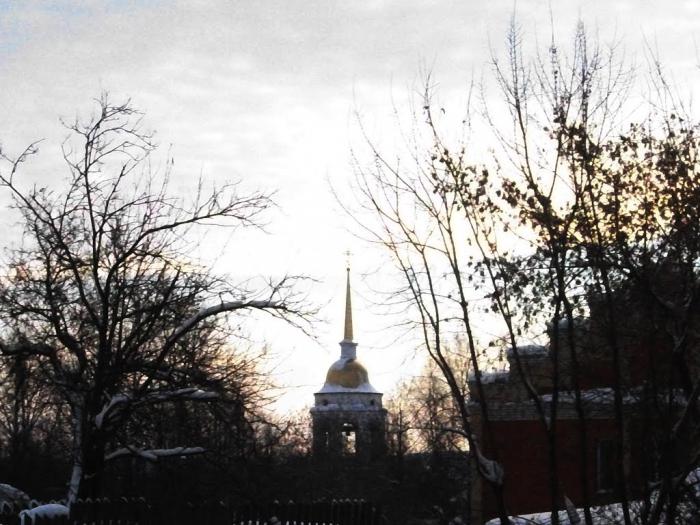The Komi people have lived in the upper basin of the Kama River since ancient times, and in 1925 the government of the then-young Soviet state decided to create the Komi-Permyatsky NO within the Ural Region. This step allowed the indigenous people of these places to preserve their culture and not to forget their language and customs.
Where is the Komi-Permyatsky okrug
Komi-Permyak Autonomous Okrug is located in the upper reaches of the Kama River, in the Urals, in the taiga zone. In the east, northeast, south and southeast it borders on the Perm region, in the west - on the Kirov region, and to the north and north-west is the Komi Republic. Unfortunately, there is no rail service on the territory of the okrug, and the nearest railway station is located quite far from the territory of the administrative unit. However, the lack of a railway connection is successfully compensated by the excellent waterway - Kama, through which food and household goods are imported into the Komi-Permyak Autonomous Okrug and timber is exported.
How to: Komi-Permyatsky okrug or autonomous okrug?
Today, confusion often arises over the official name of the county. The fact is that not many people know the fact that in 2003 the
residents of the Komi-Permyak Autonomous Okrug and the Perm Region took part in a referendum, according to which at the end of 2005 these two subjects of the federation merged into a new territorial-administrative entity - the Perm Territory. At the same time, the Komi-Permyatsky okrug endowed with a special administrative status was created as part of the region.
Kudymkar city: history and modernity
Like any territorial entity, the Komi-Permyak Autonomous Okrug has an administrative center or, as the residents themselves call it, the capital is the city of Kudymkar, located about 200 km from the city of Perm.
It is reliably known that the first settlement on the site of modern Kudymkar, the so-called Kudymkar settlement, existed in the 7th century AD, however, as a settlement in the modern sense, Kudymkar was mentioned from the end of the 16th century, and it was assigned the status of the city in 1938.
Today, the capital of the Komi-Permyak Autonomous Okrug covers an area of 25 km 2 , where about 30,000 people live, most of which are representatives of the indigenous population. The city has four comprehensive schools, a gymnasium, forestry and agricultural technical schools, a medical school, a teacher training college and several other educational institutions.
Tourism
Komi-Permyak Autonomous Okrug has a huge tourist potential. Especially wide prospects are seen in the field of eco-tourism, since many corners of pristine nature have been preserved here. If you look closely, you can see that the map of the Komi-Permyak Autonomous Okrug resembles a solid green field, with blue veins of numerous rivers and streams. The main wealth of these places is the full-flowing Kama River, the picturesque Starikovskoe and Adovo Lakes, where thousands of fishing enthusiasts come from all over the Perm Territory and other regions of the Russian Federation every year. In addition, camping trips in the taiga are very popular.
Tourist attractions of Kudymkar
In 1990, the city of Kudymkar was ranked among the small historical cities of the Russian Federation. And this is quite justified, since here you can see several interesting historical monuments and visit the museum of local lore, the exposition of which presents many valuable exhibits dedicated to the natural wealth and history of the region. In the Kudymkar Museum located at 8 Marta Street, 27, tourists can see household items that residents of the region have used since ancient times, as well as an exhibition dedicated to the Soviet period.
The Komi-Permyak Autonomous Okrug is not distinguished by the large number of ancient architectural monuments, therefore, its residents have a particularly careful attitude to the Kudymkar Church of St. Nicholas the Wonderworker, built in 1795 under the guidance of the famous architect A.N. Voronikhin. Two more sights of the capital of the district are the Stroganovs management house and the building of the male school, built about 150 years ago.

Among the monuments of the Soviet period, one can single out the Victory Memorial, which often becomes the venue for celebrations and one of the favorite places for walks of the city residents. The Komi-Permyak Autonomous Okrug is known for its holy spring located in the Kudymkar pond area. Interestingly, although the spring is decorated in accordance with the ancient pagan beliefs of the indigenous people and resembles a bear's head, Orthodox priests occasionally sanctify the water in the spring. And of the modern attractions, the most interesting among guests and residents of Kudymkar is a monument to the legendary hero of the Komi people - Kudym-Osh, who is considered the founder of the city.